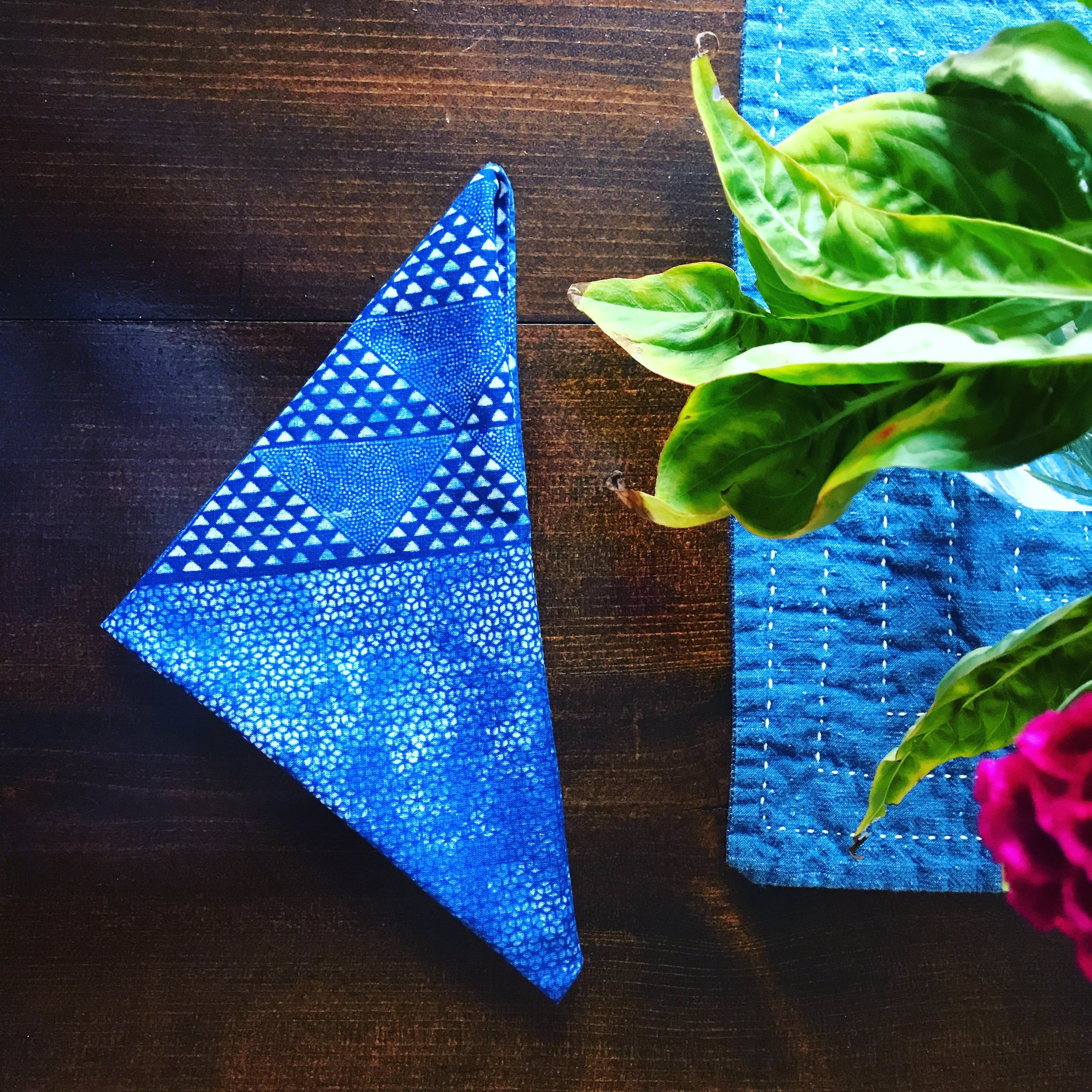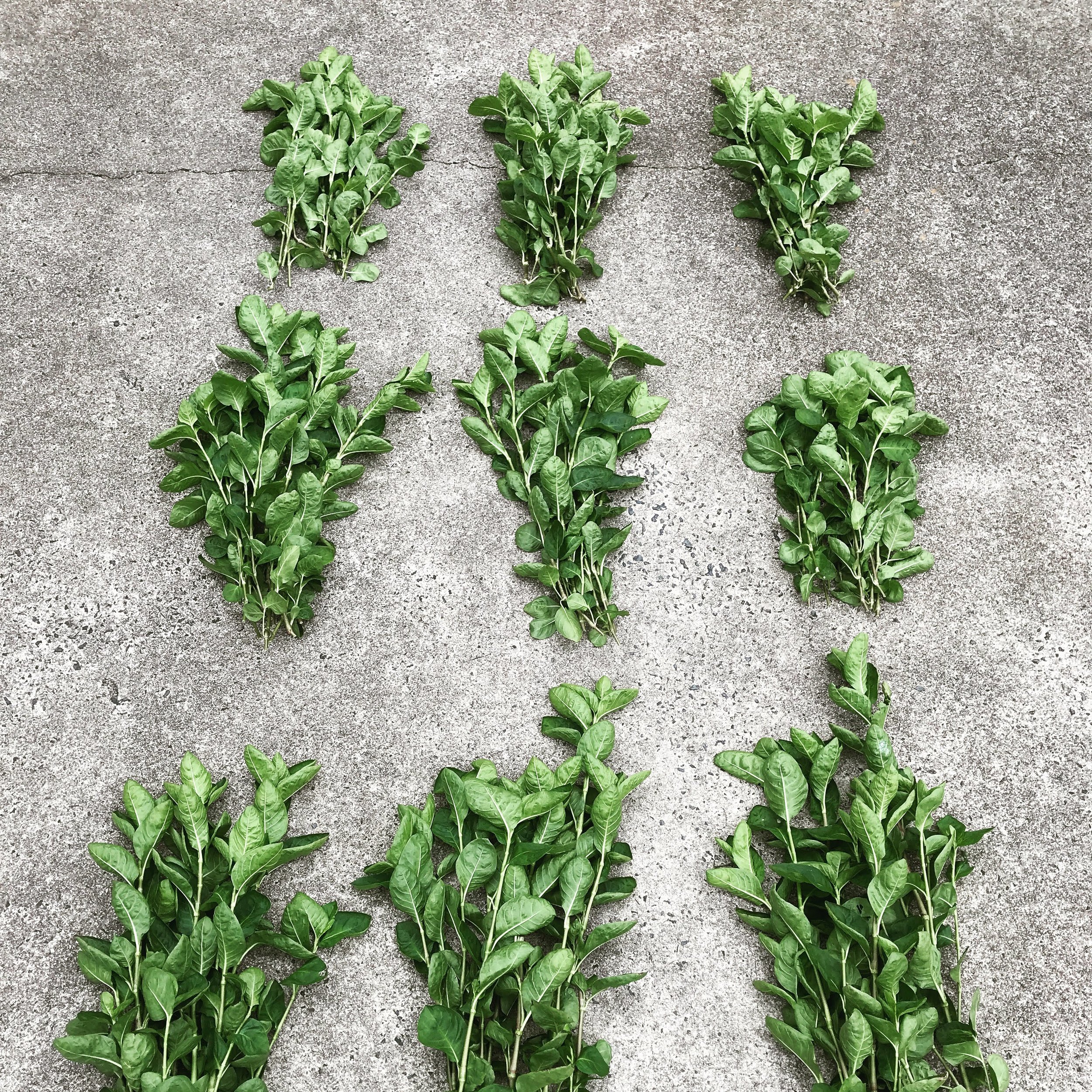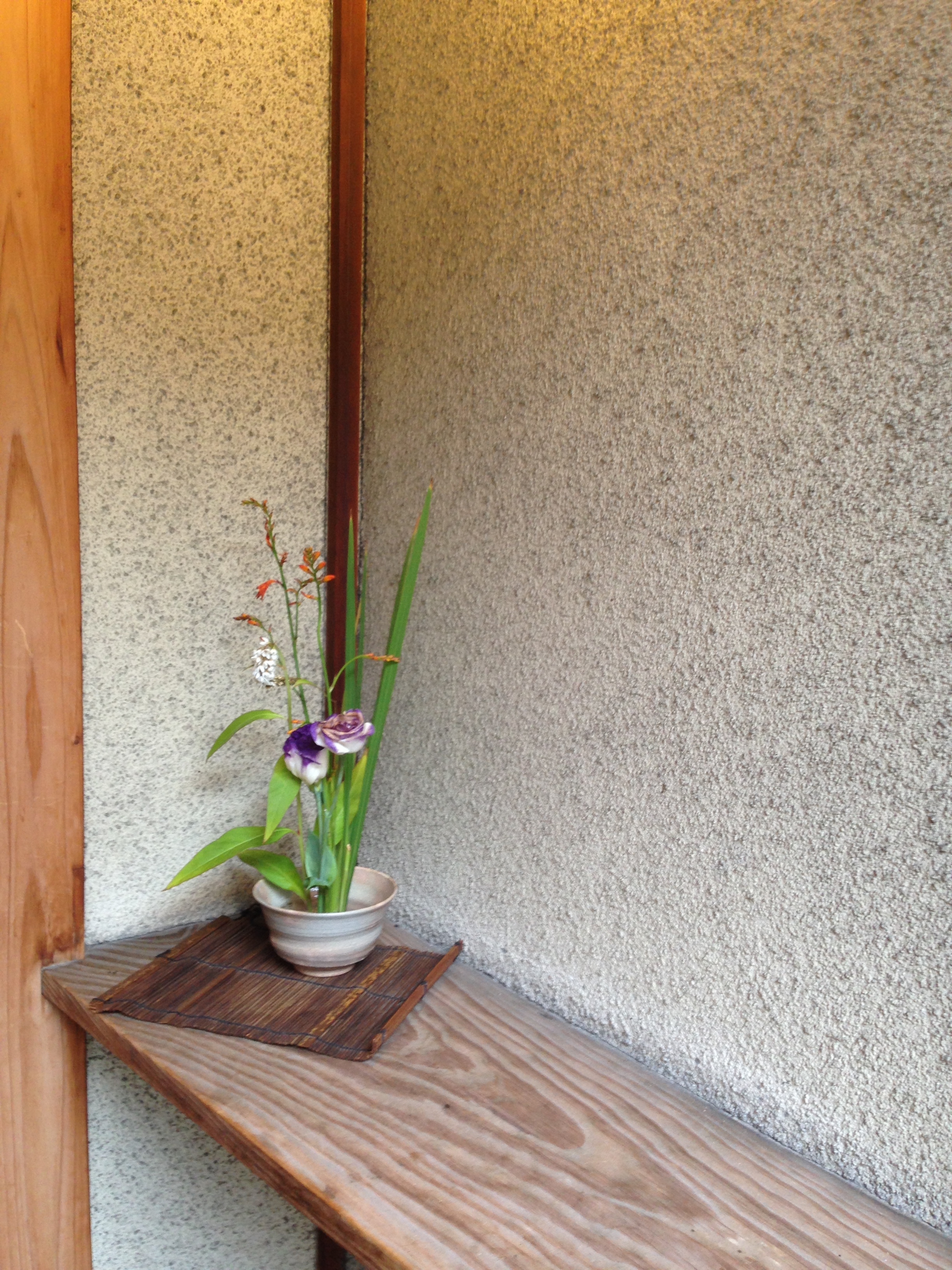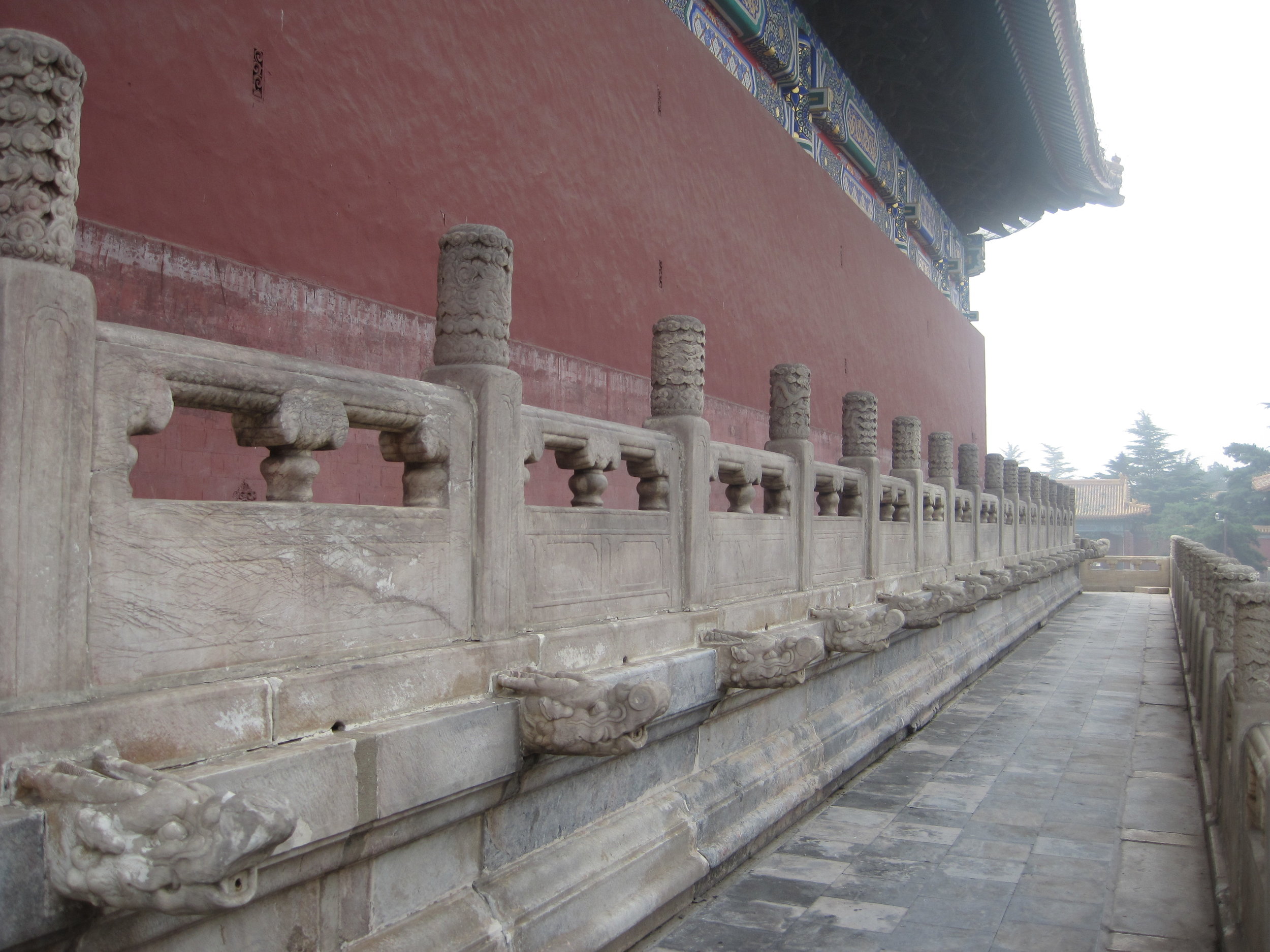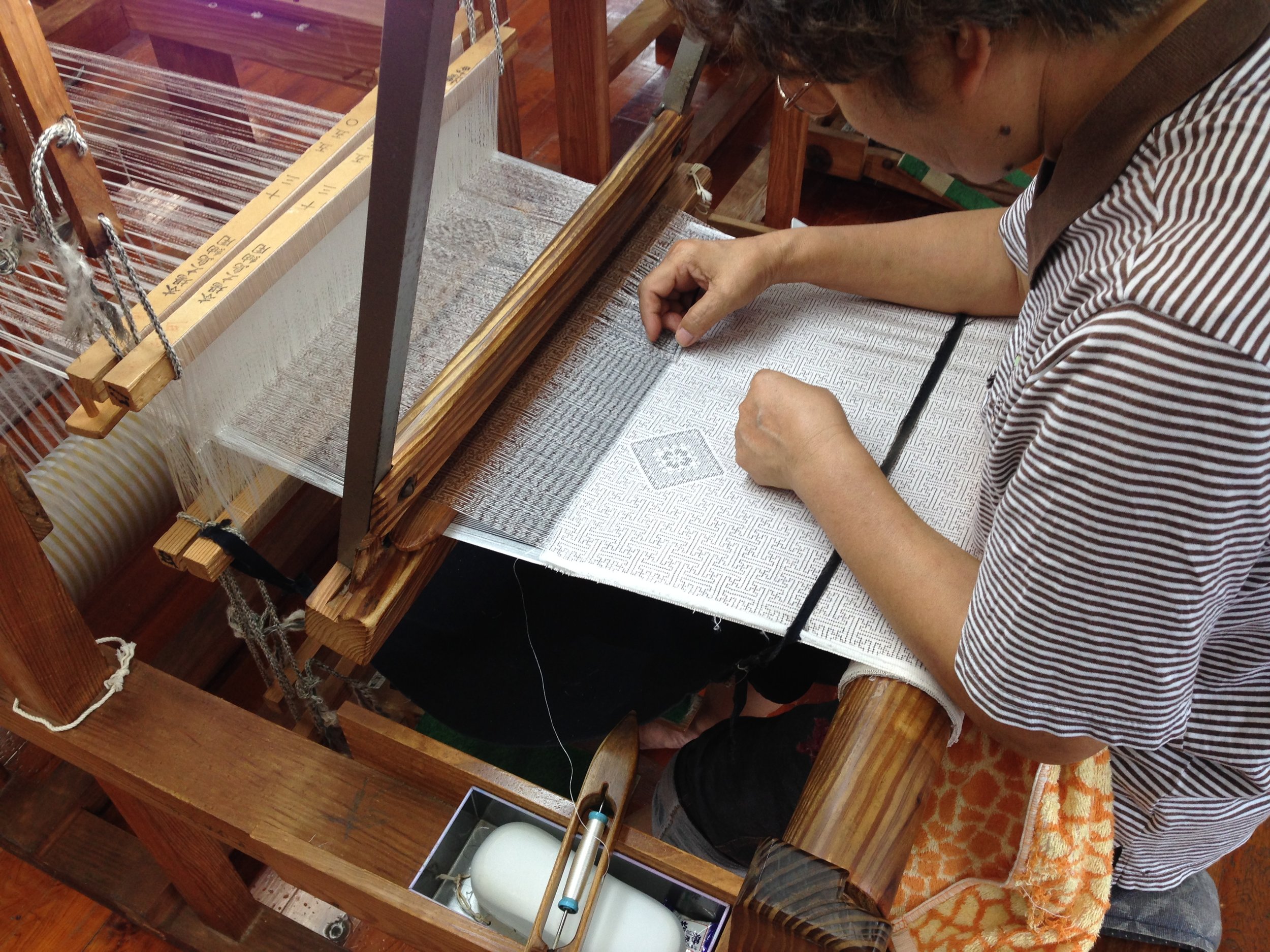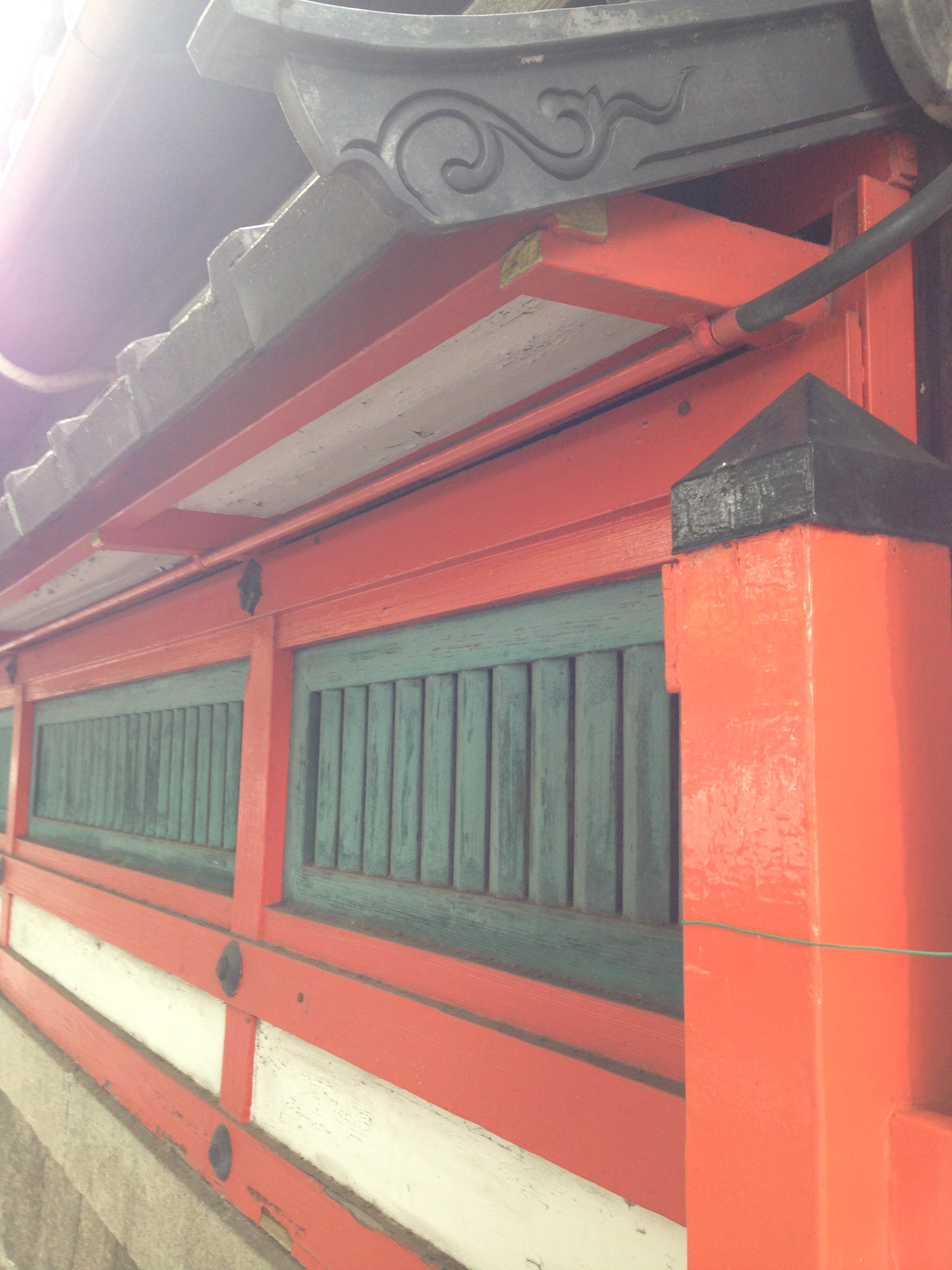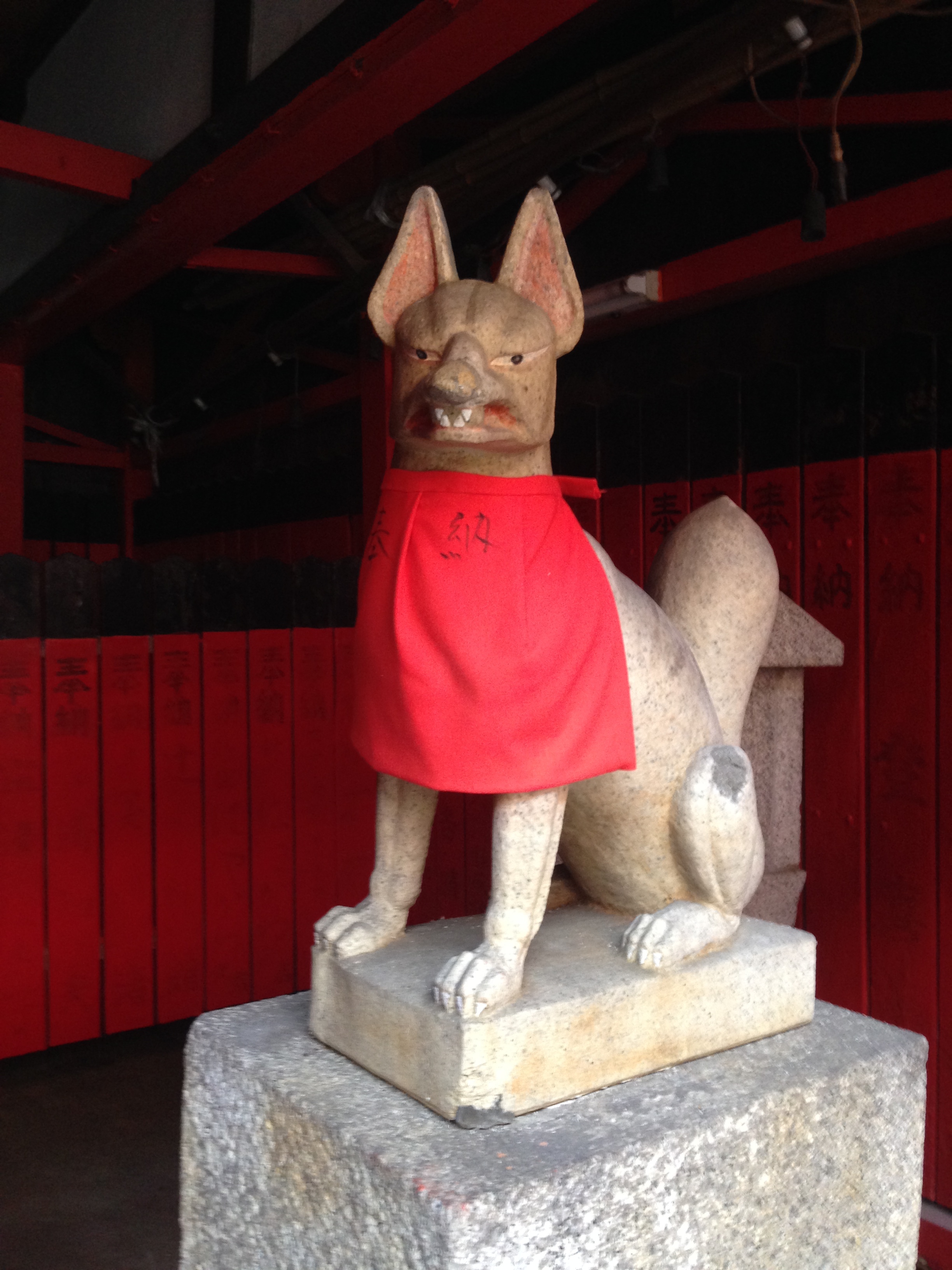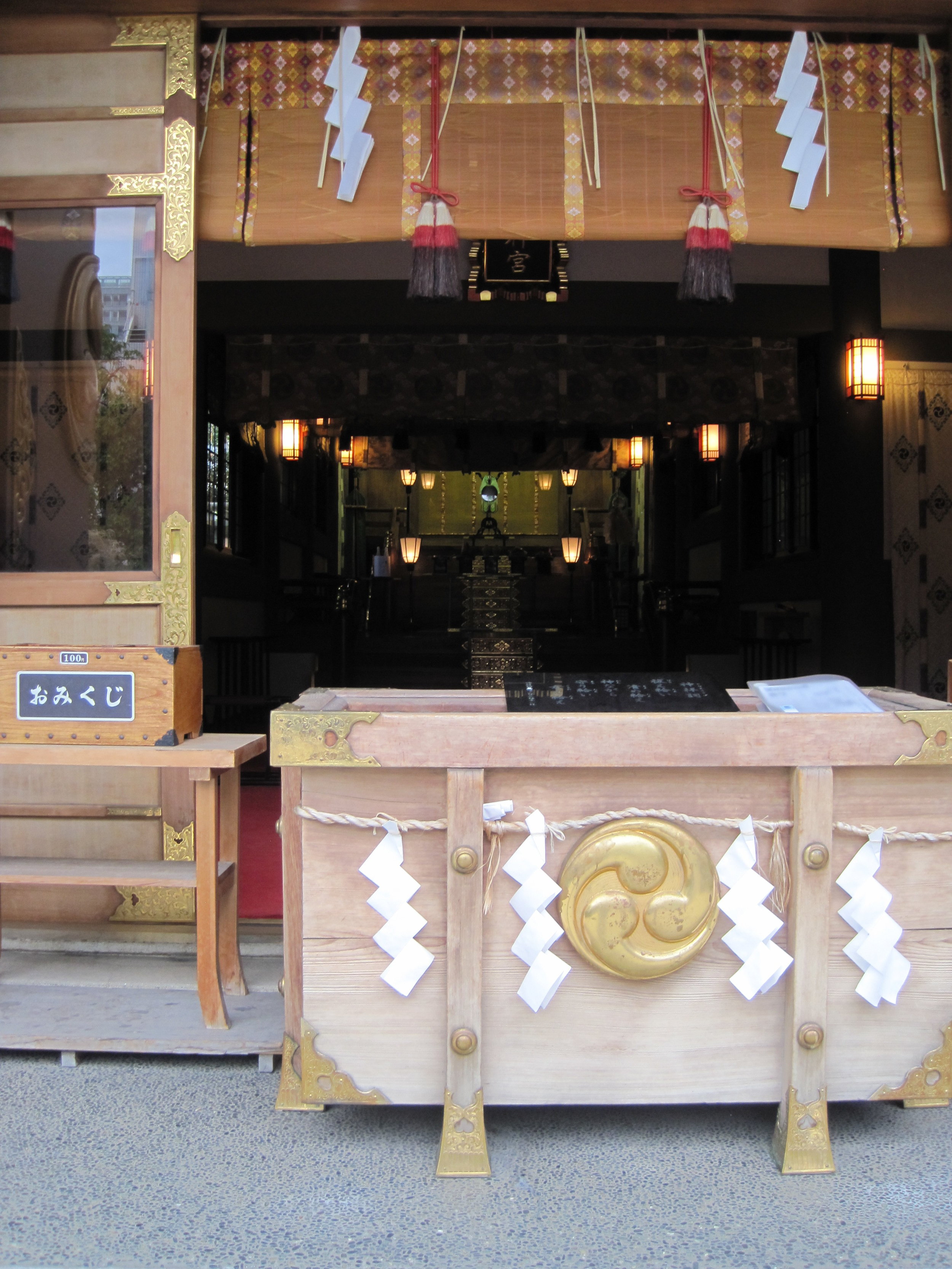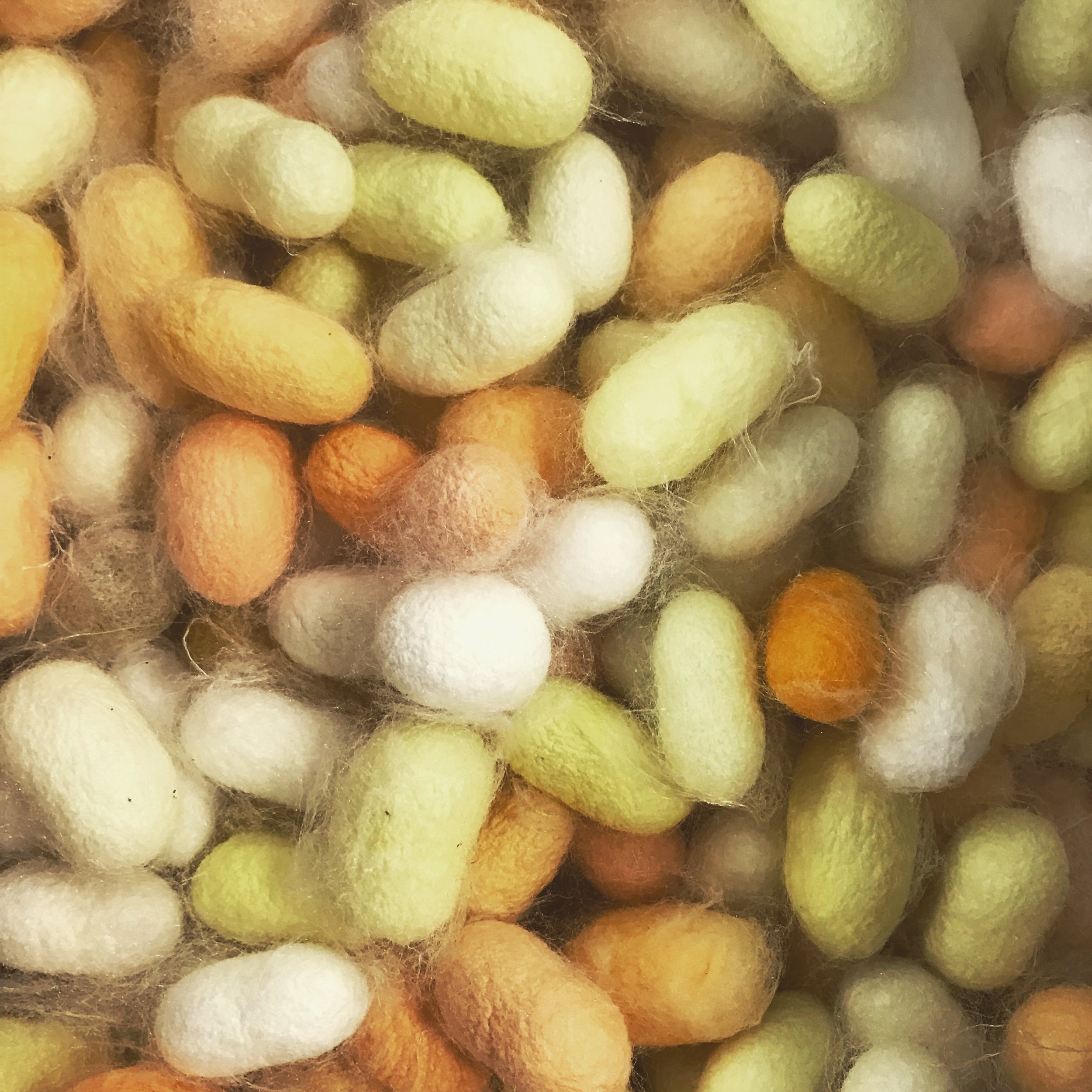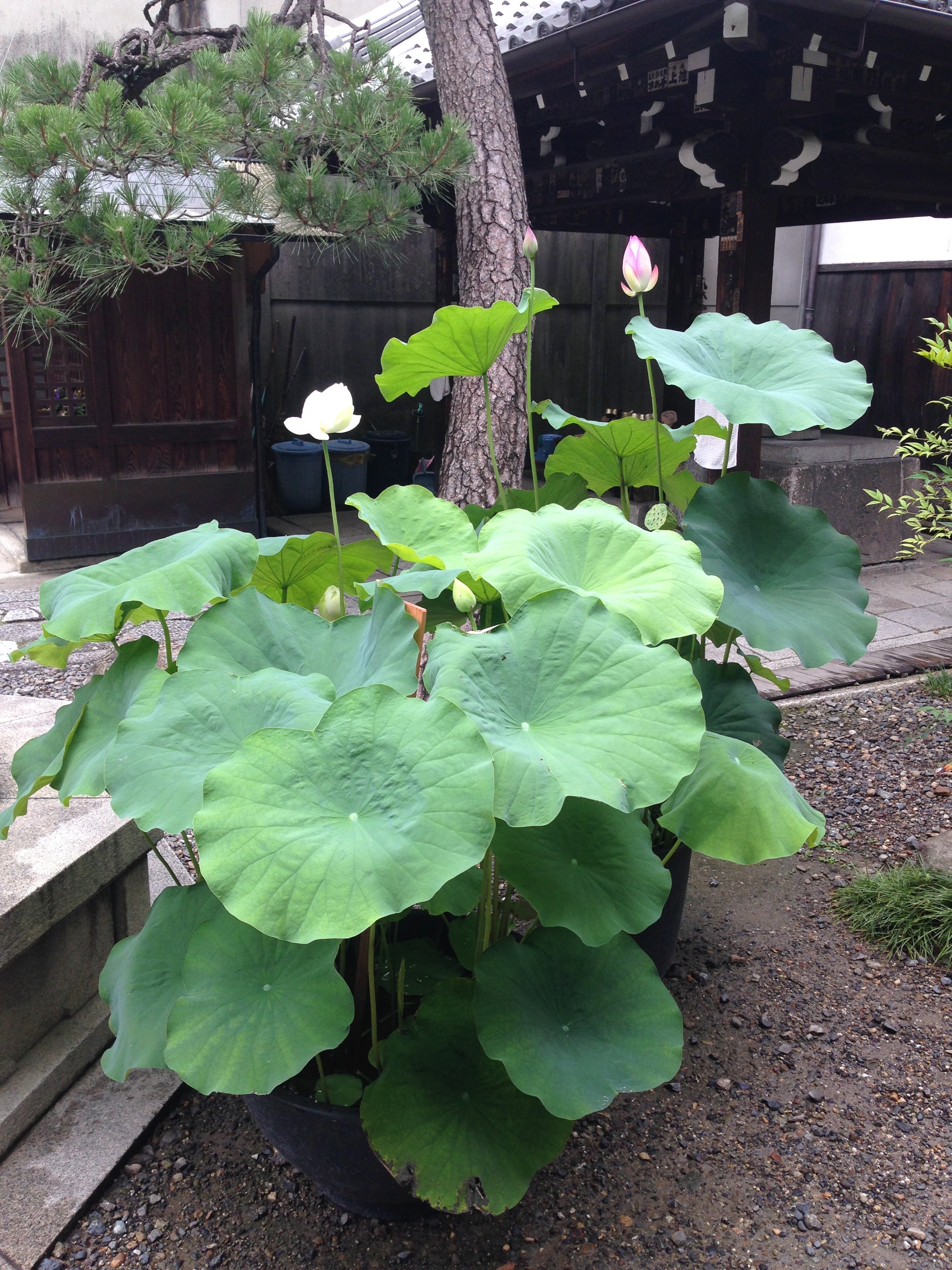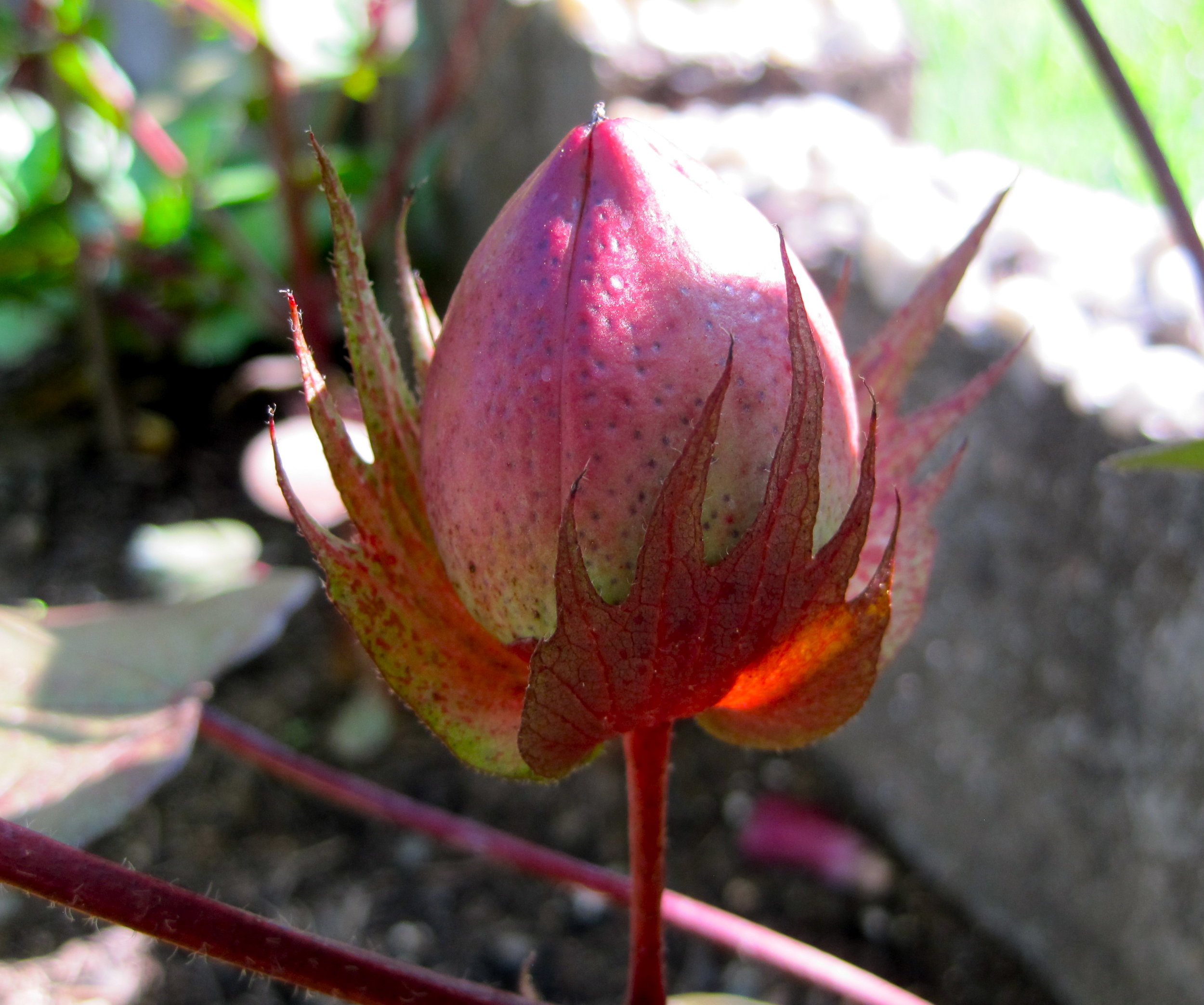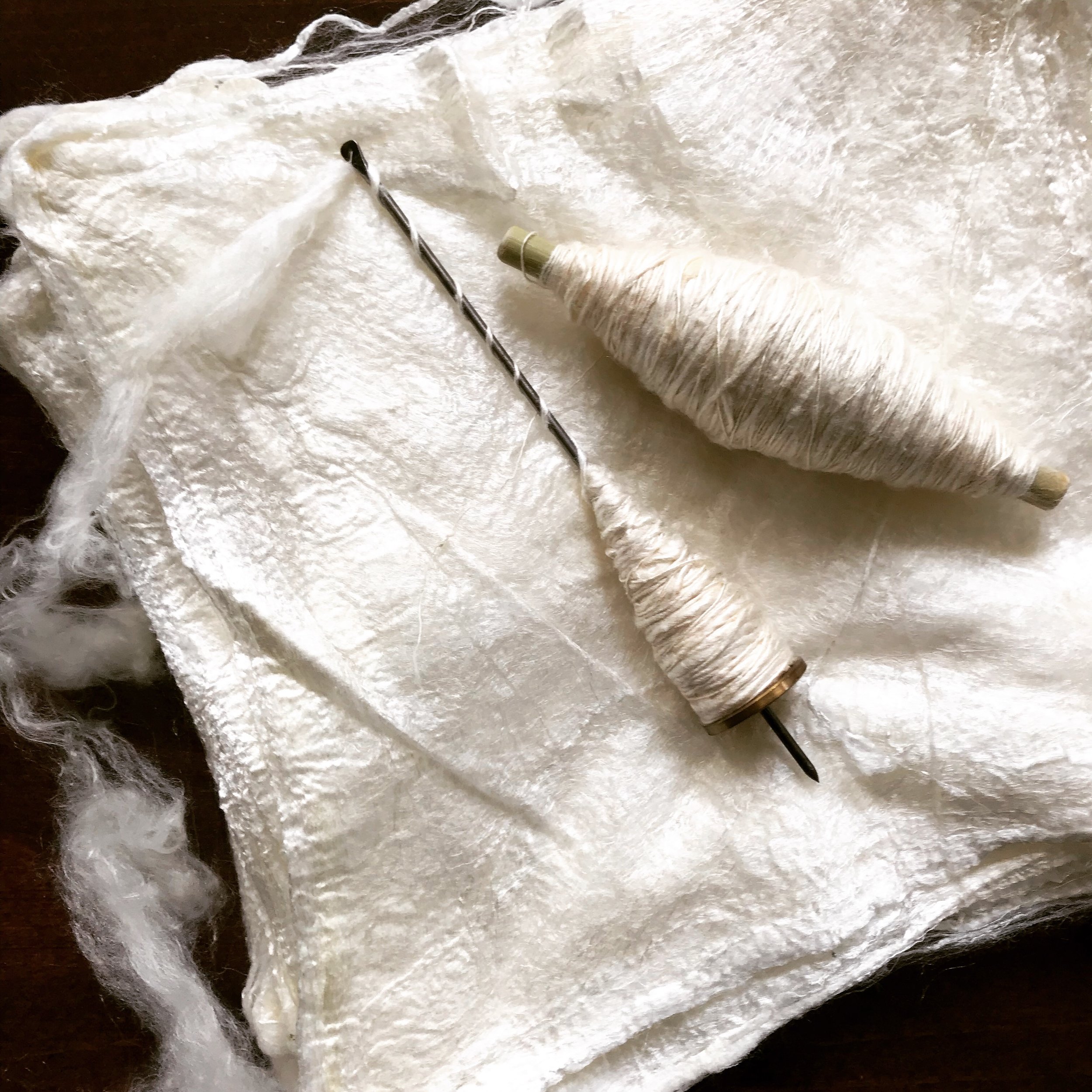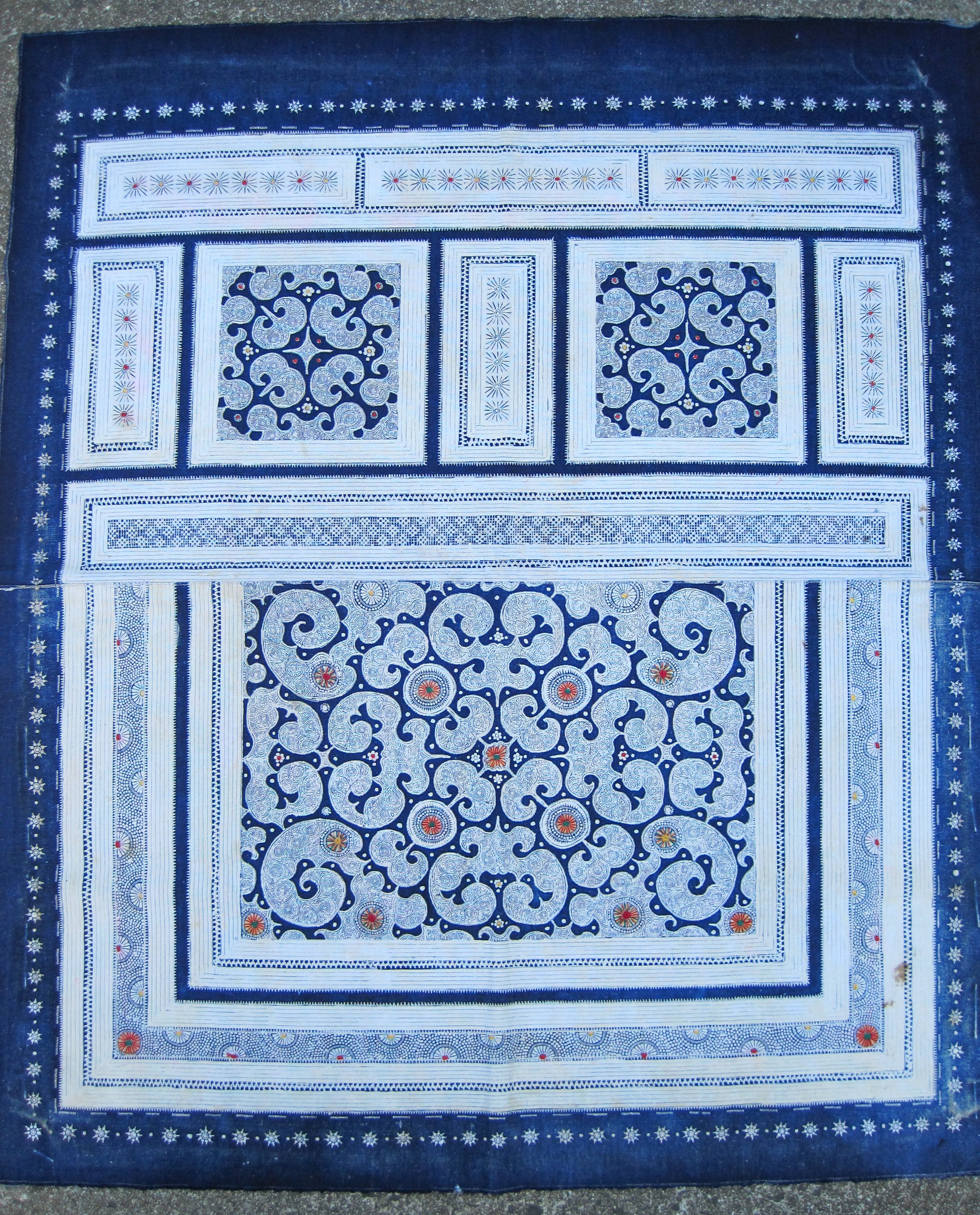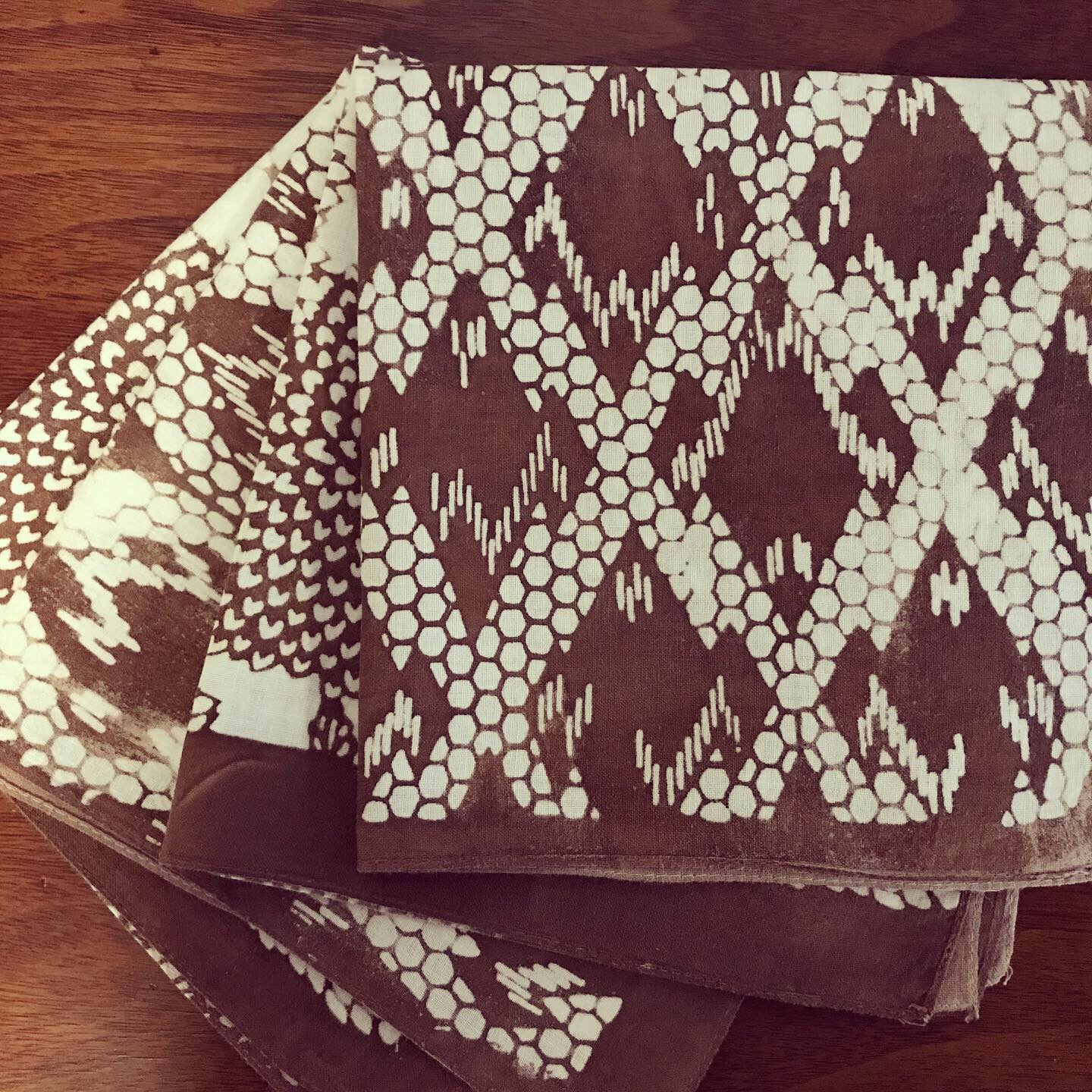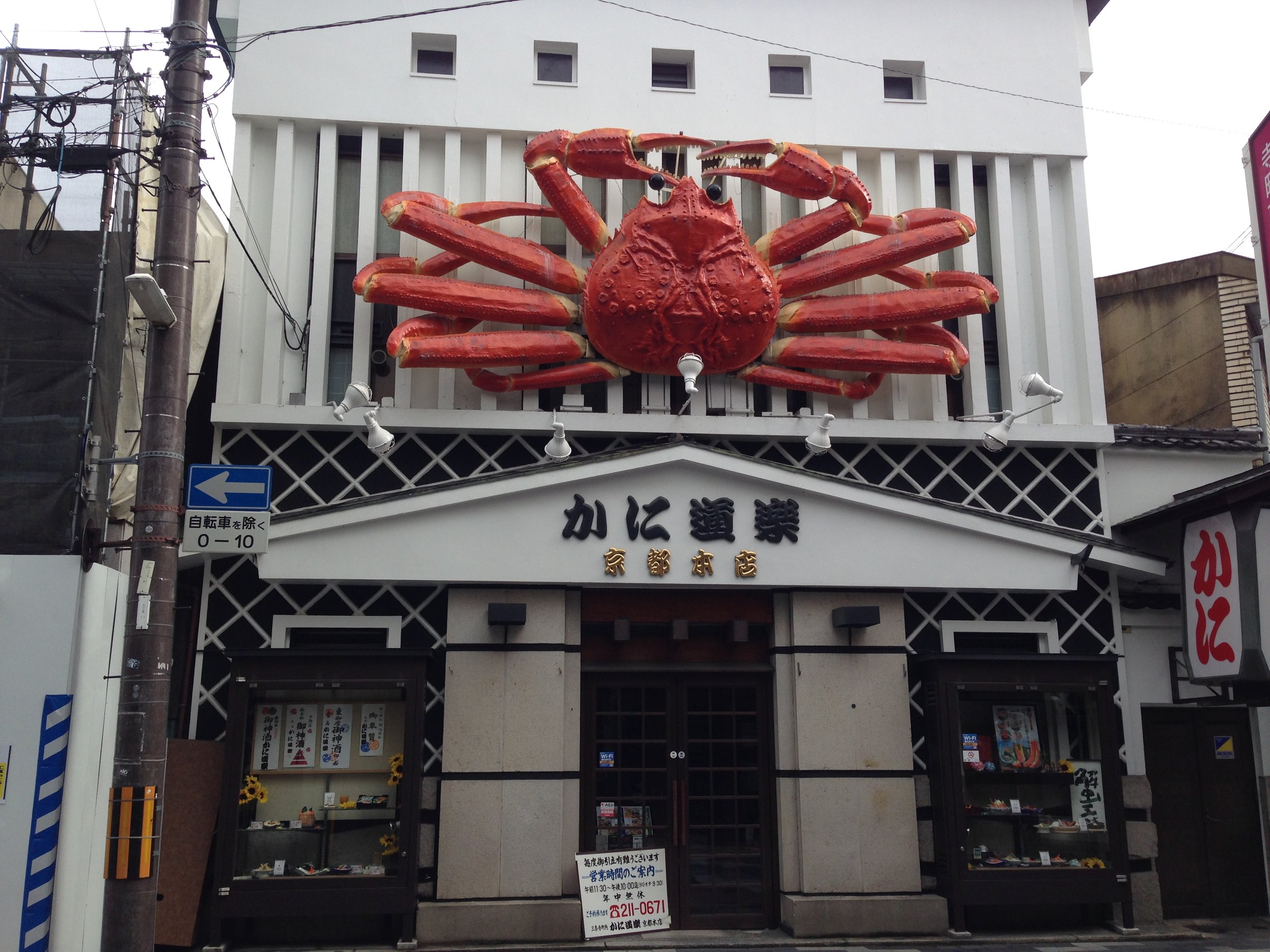About
I have been interested in the traditional production of textiles for over 20 years. It all started when I found myself rummaging through a box of Japanese textile scraps at an antique sale in the Pacific Northwest. The fabric, with its hand spun threads, uneven selvedges, complex patterns, and deep indigo amazed me, but I didn’t understand the techniques that had been used to produce it. At this point I was hooked and began to read all I could about how these fabrics were made and what their designs were meant to convey.
In the years since first encountering that box of fabric scraps, I have been collecting and learning about traditional Chinese paste resist fabrics and Japanese katazome, and how they are produced. Through research, travel to China and Japan and a huge amount of experimentation, I have learned how to spin, dye and weave cotton and flax, as well as other foraged fibers like kudzu, wisteria, ramie and hemp. I studied how to hand cut katagami, or paper stencils, make resist paste from rice and soybeans and dye with natural indigo. I am interested in maintaining and preserving traditional techniques that, due to their complexity, are slowly declining in favor of faster mechanized production.

